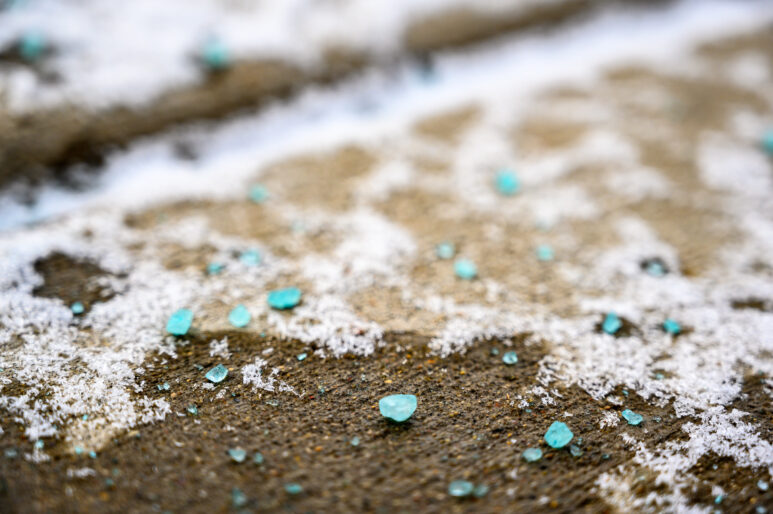Winter is rapidly approaching as temperatures drop and the snow and ice arrive! As part of your outdoor winter maintenance plan, it’s important to have all the facts about ice melt so you can make the best decisions for your building to save money, keep staff and visitors safe, and work towards your sustainability goals.
What is ice melt, exactly? This product works by changing the “melting point” or the temperature at which ice melts. Typically made up mostly of salt, ice melt can eliminate ice on a surface, but it’s not without its faults, often having a negative effect on the environment and the ground surface.
Best practices
What types of ice melt are best for your building? There are many types, from the traditional to more eco-friendly varieties, and they range vastly in price. Shop around to determine which ice melt best suits your needs, your budget, the temperatures in your area, and your environmental goals.
Remember that a little goes a long way. Higher amounts of ice melt do not improve performance, but it does mean that more salt will be tracked through your building and more damage may occur to porous walkways and surfaces, along with the runoff into vegetation. Manage the amount you’re using by employing a fertilizer spreader for a thin, even layer. As well, consider using a coloured variety so you can easily identify areas you’ve missed without duplicating your efforts.
This product can be reused, so, sweeping it up once the ice and snow have cleared will stop the excess from entering your building and give you the chance to use it again the next time.
Safe storage
Ice melt needs to be stored in a dry location to maintain its integrity, so keep it covered in a shed or inside the building. Keeping it humidity-free will stop it from clumping so it works properly the next time you need it. As long as it hasn’t been exposed to moisture, you can use the supply you have for next year’s snow and ice.
It’s important to use ice melt in the best way for your building to avoid slip and fall accidents, minimize your impact on the environment, and make the most of your budget. Decide which product works best for your business before winter comes so you are prepared once the bad weather hits.










